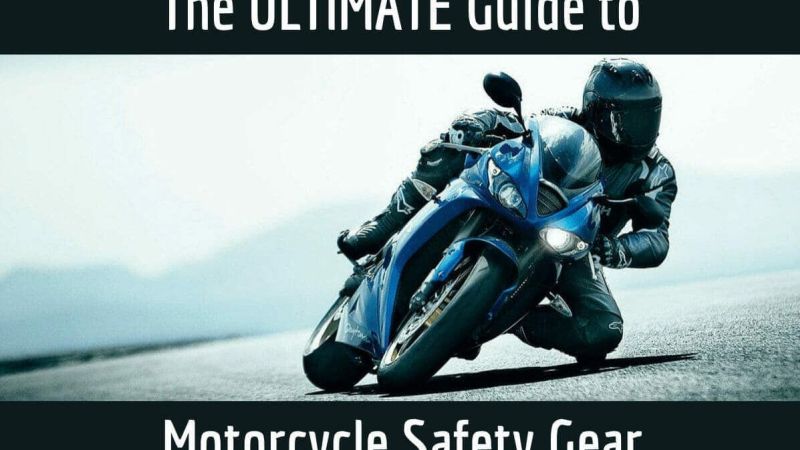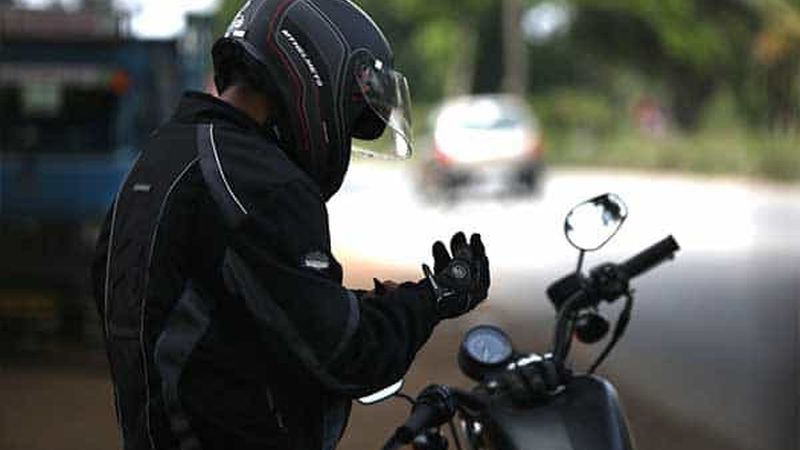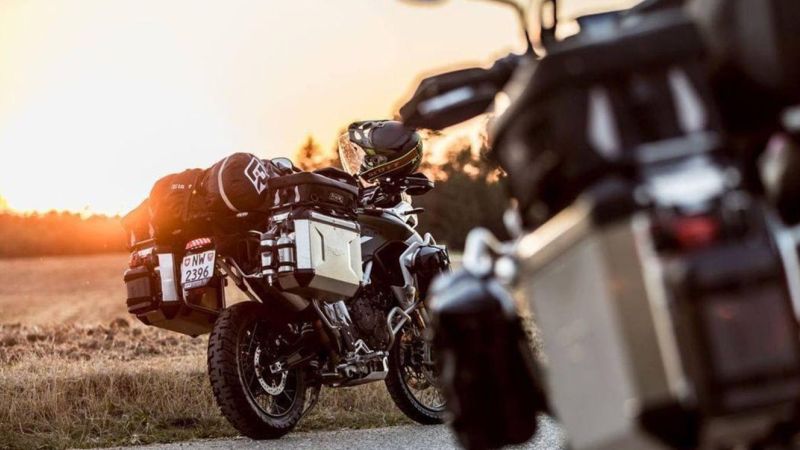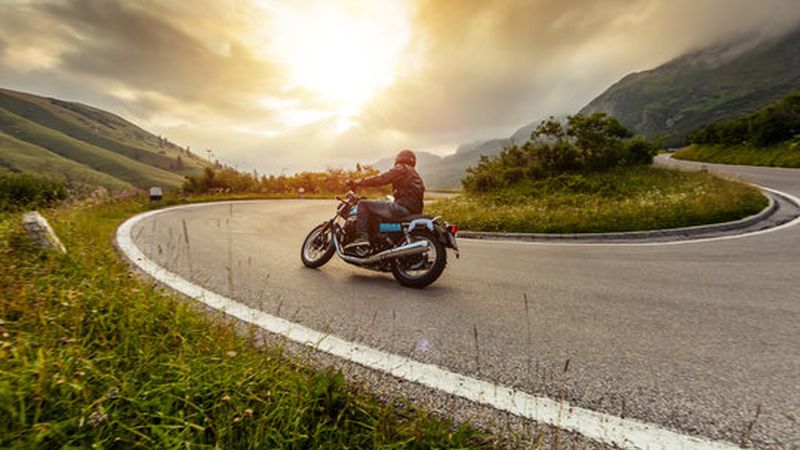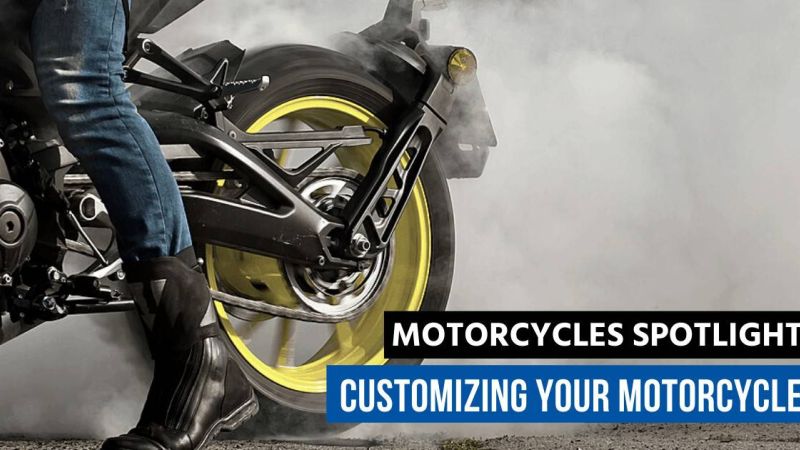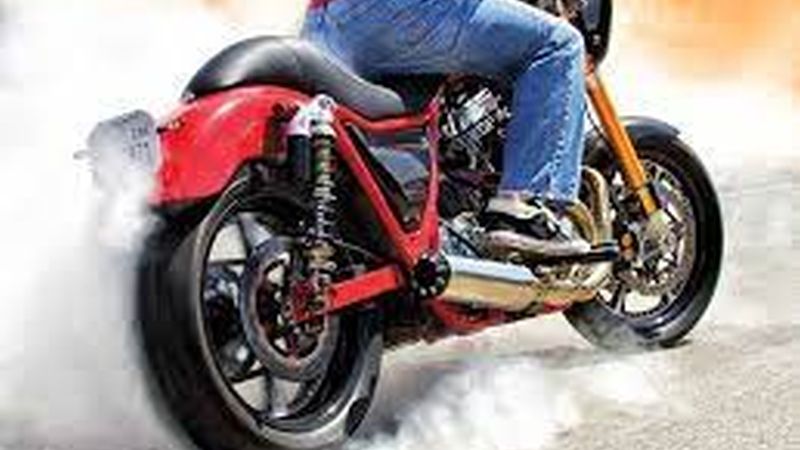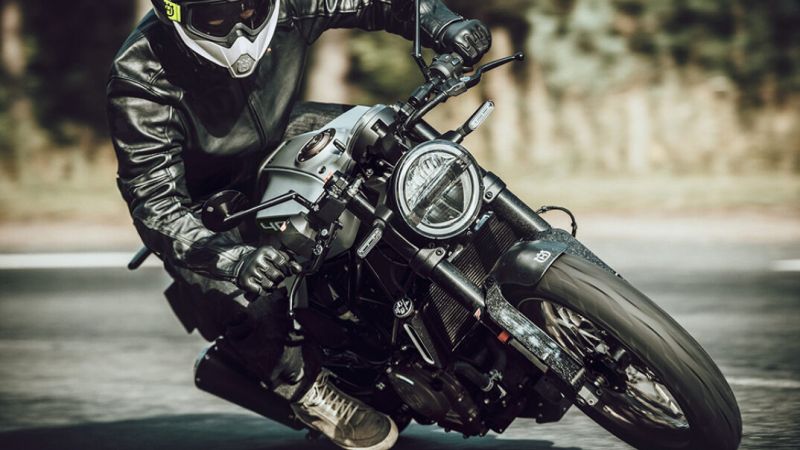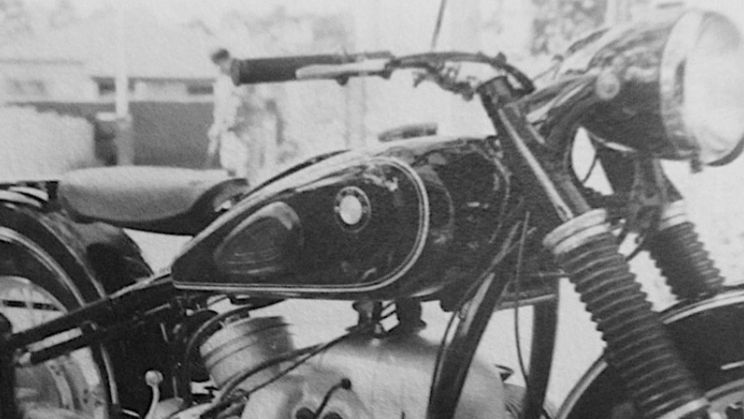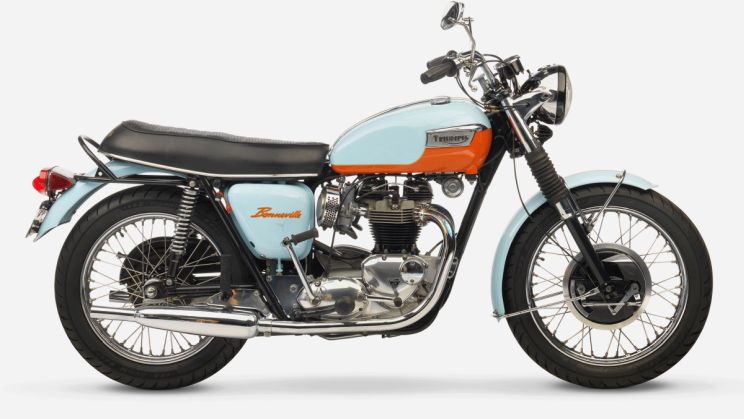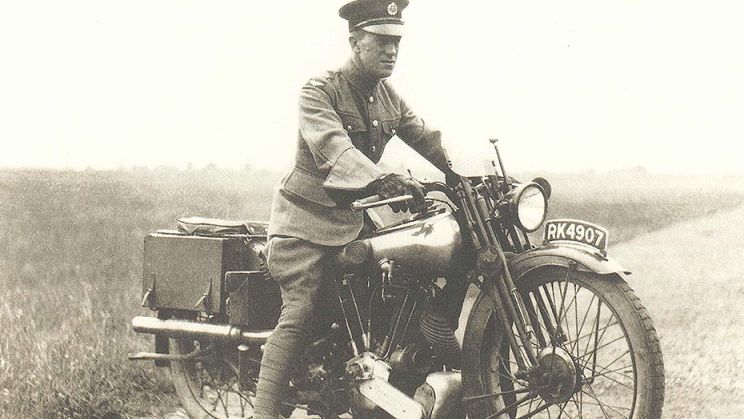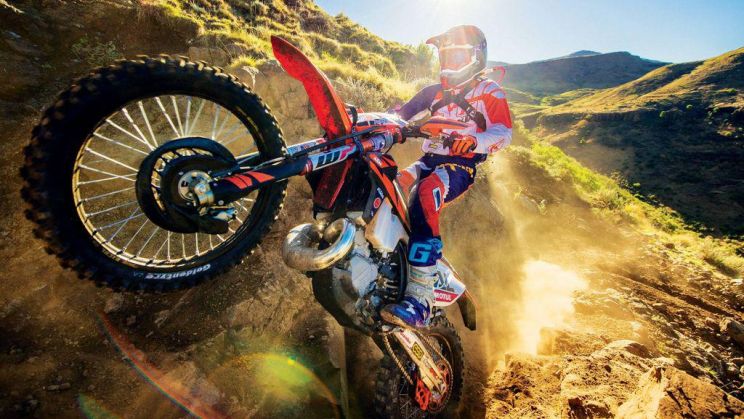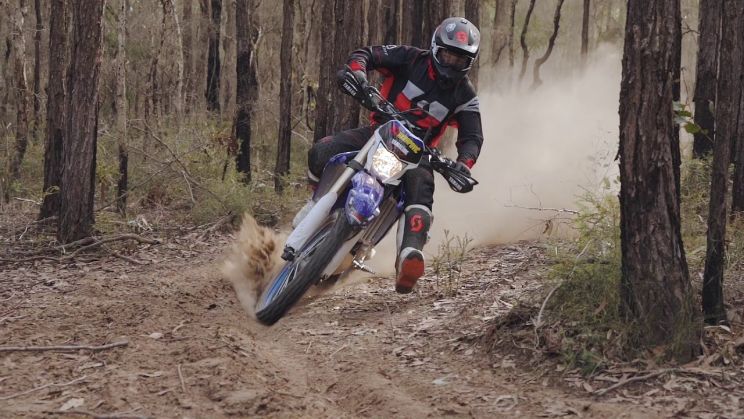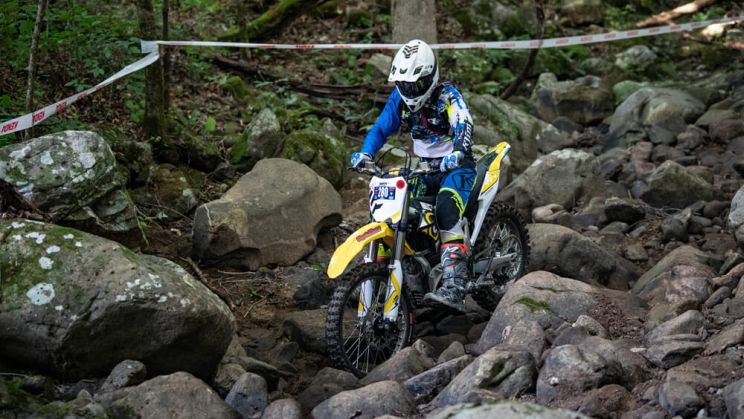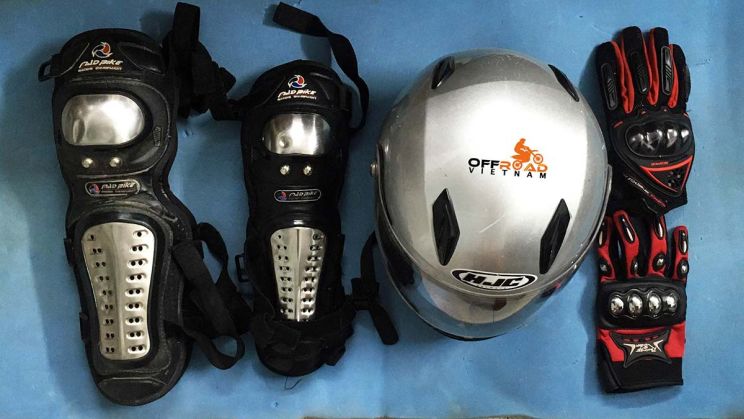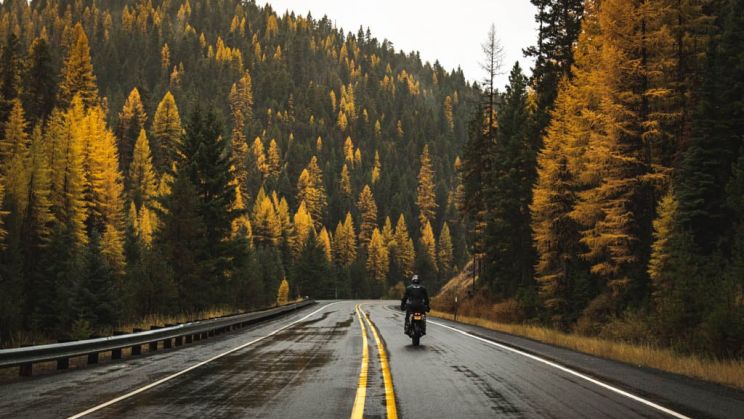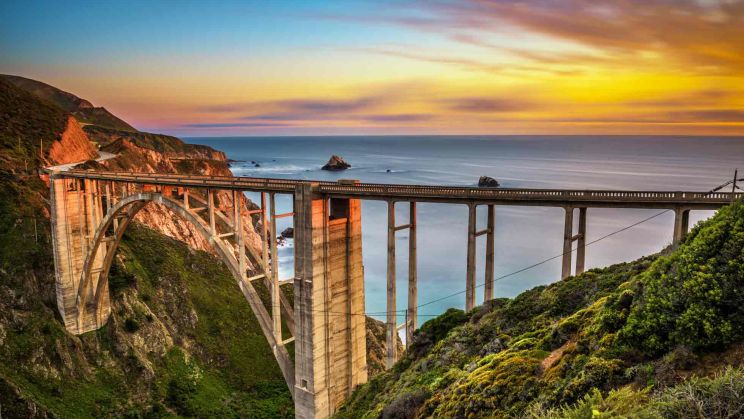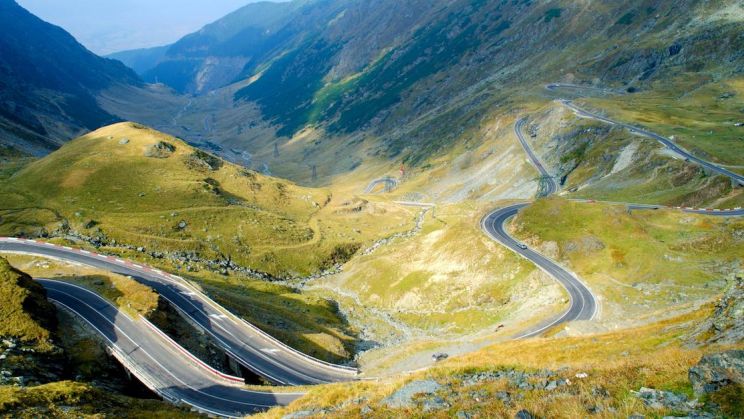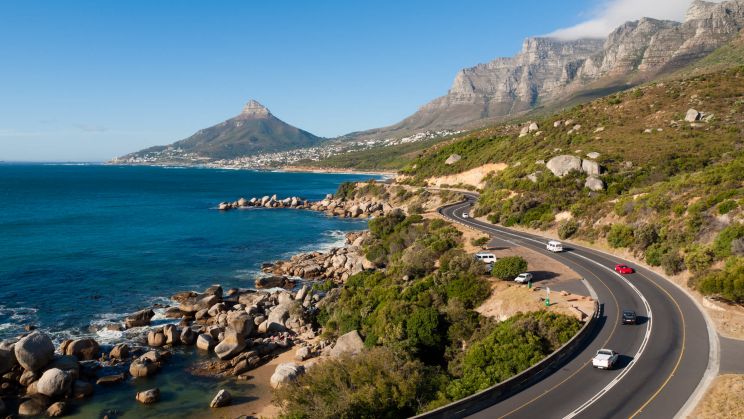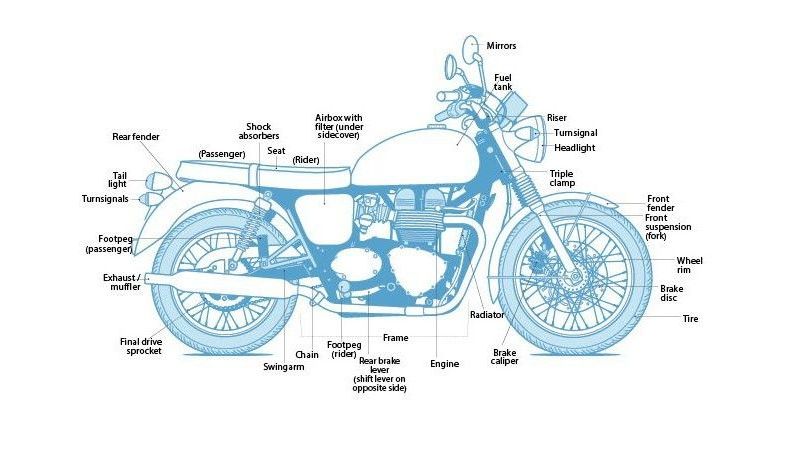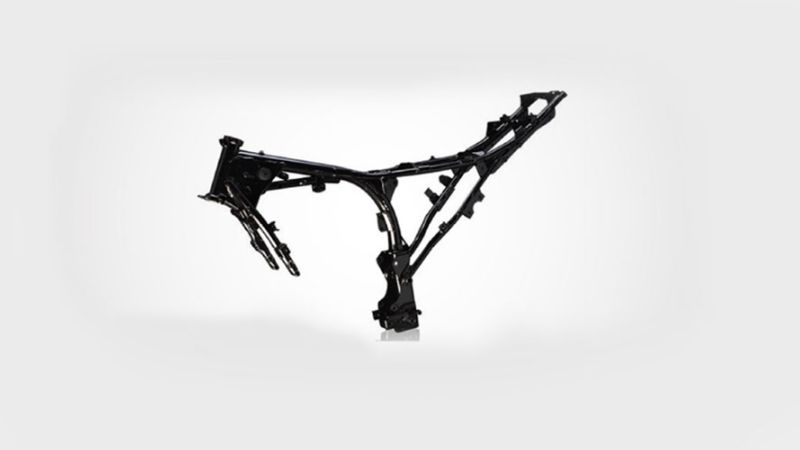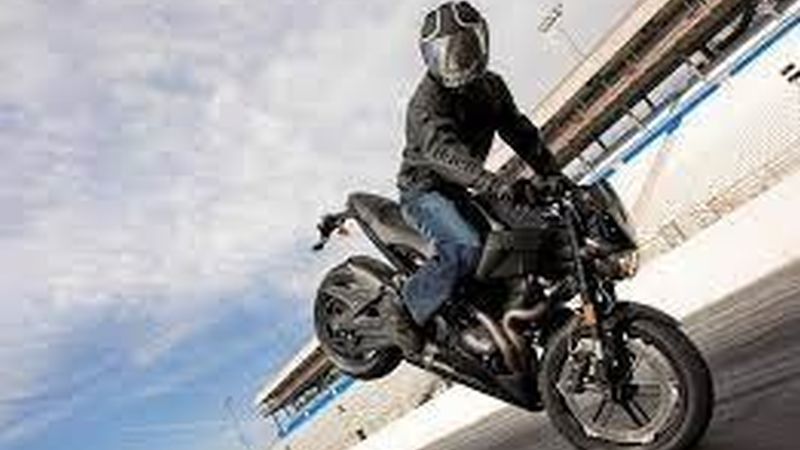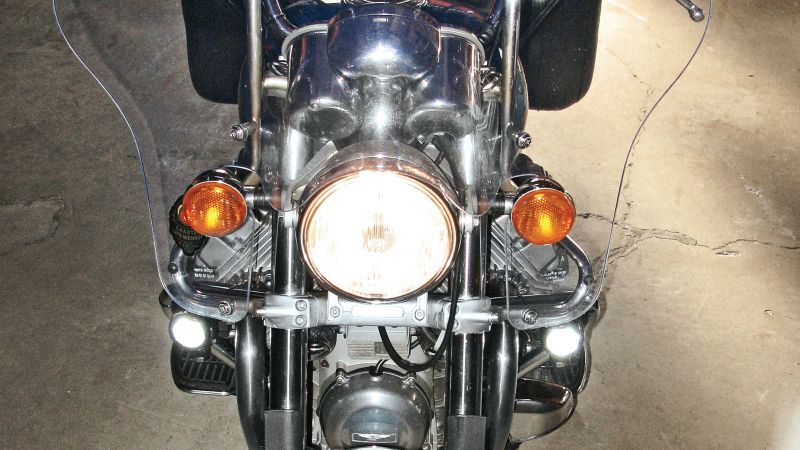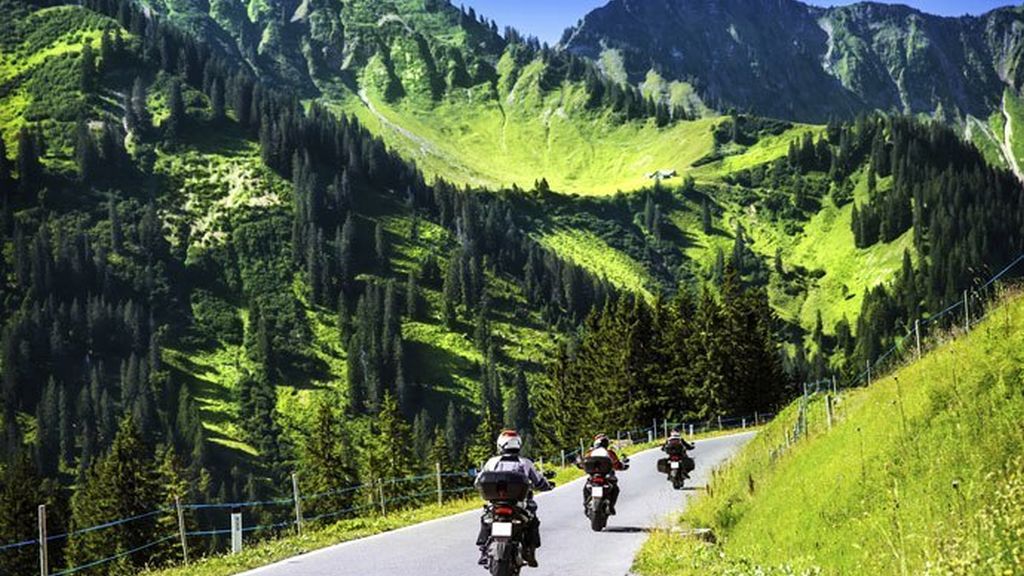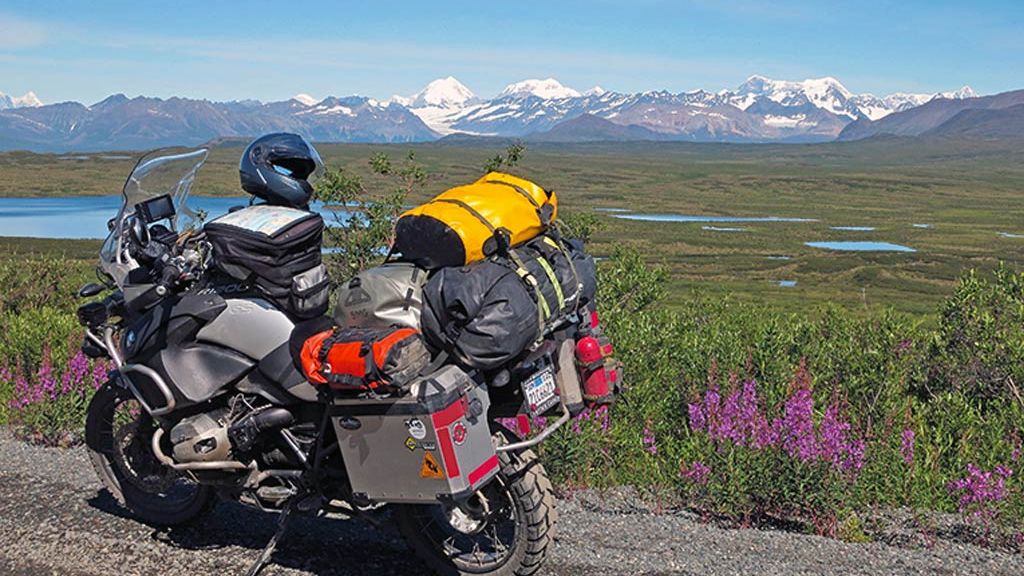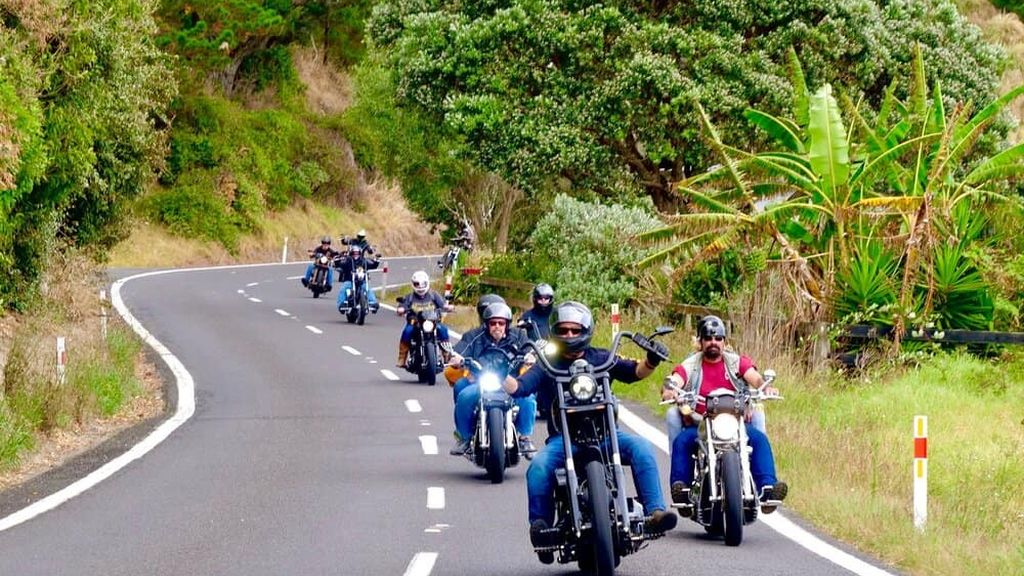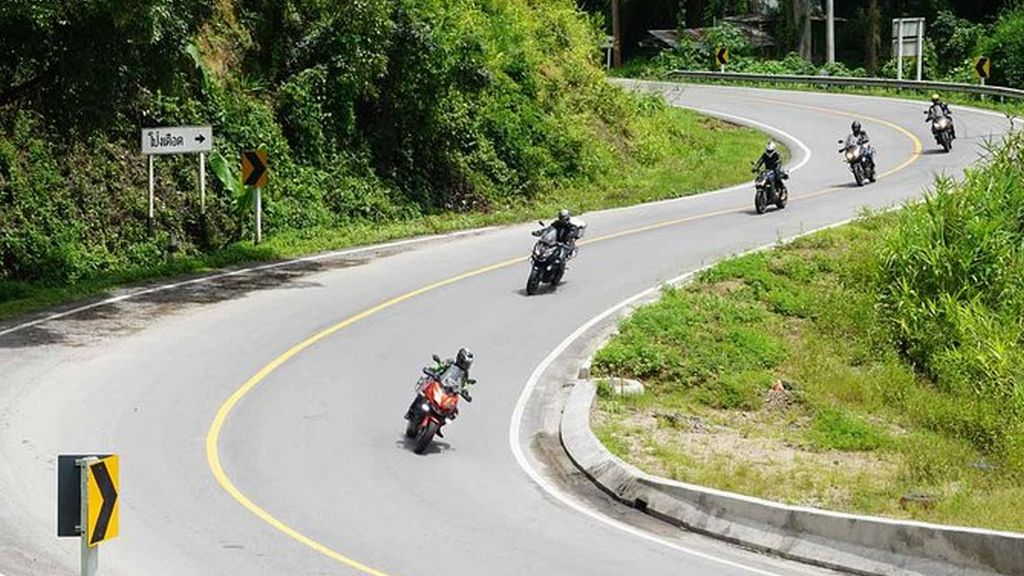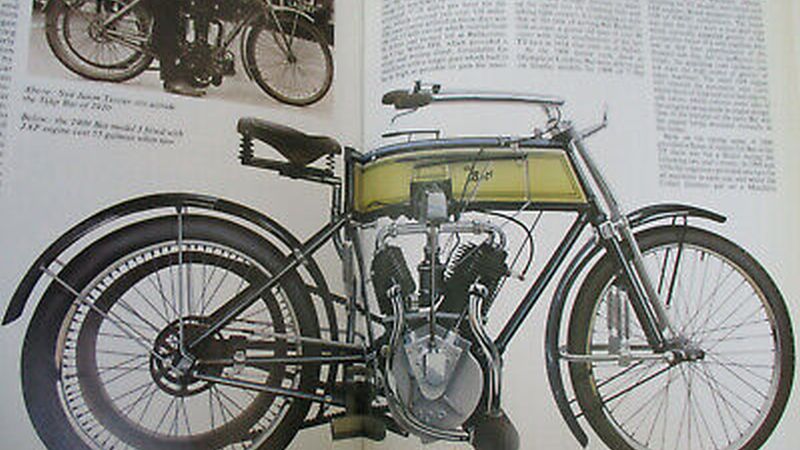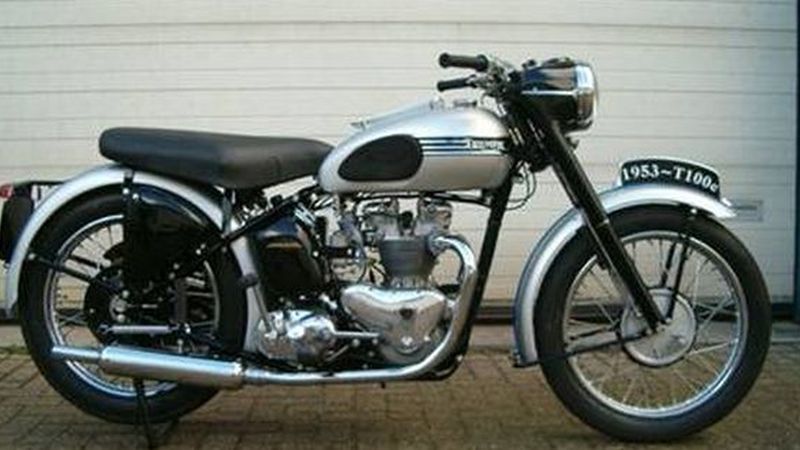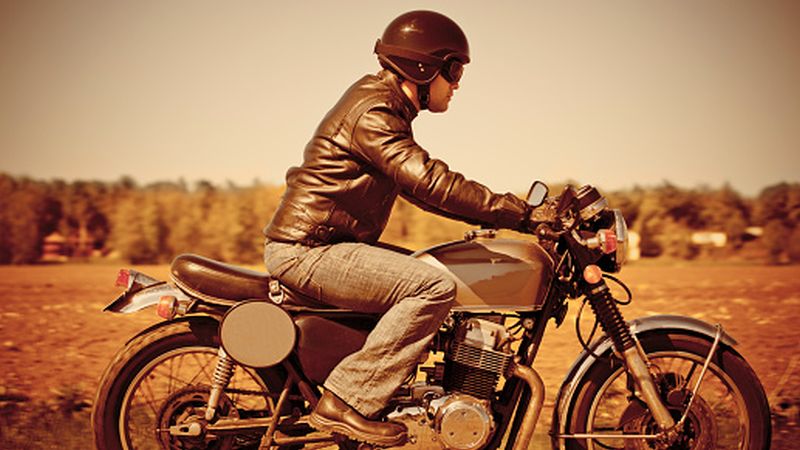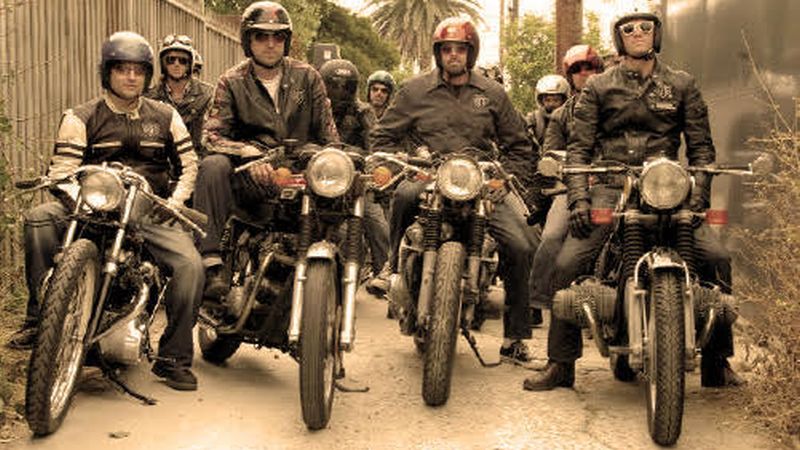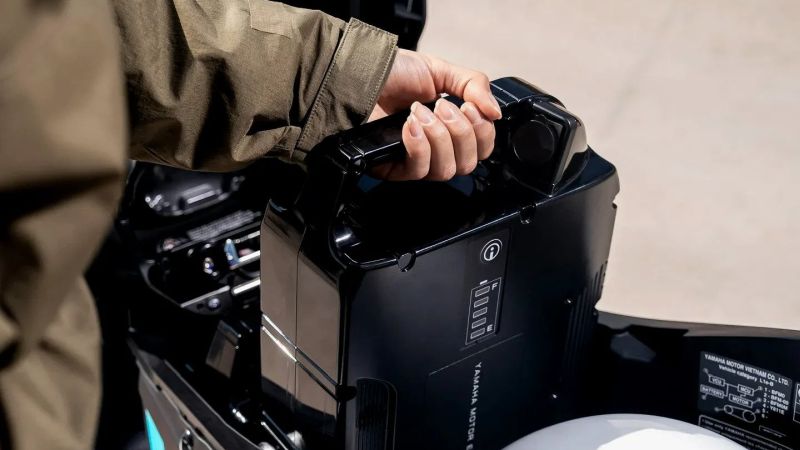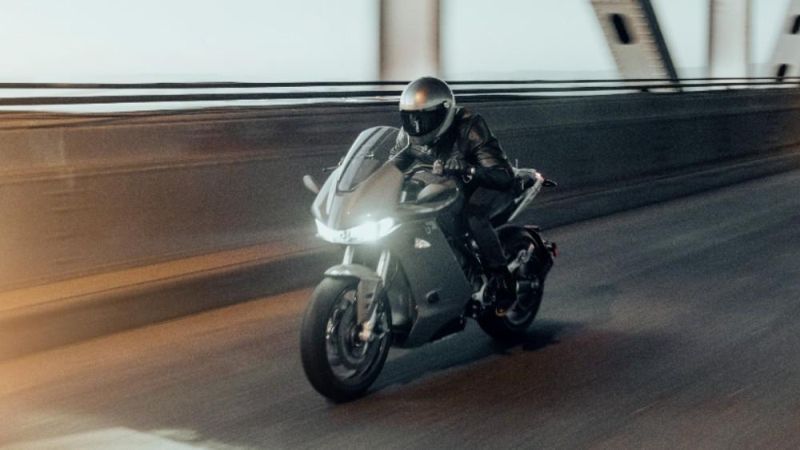Discovering the Beauty of Scenic Motorcycle Routes
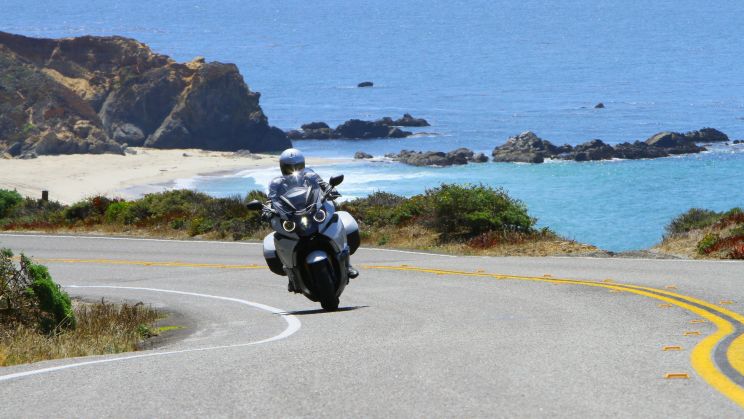
As a motorcycle enthusiast, the allure of the open road and the thrill of the ride are an inherent part of your soul. For riders like you, the journey is just as important as the destination, and exploring scenic motorcycle routes offers a unique way to connect with nature, culture, and the essence of the regions you traverse. In this article, we will embark on a thrilling adventure, discovering some of the most beautiful and captivating motorcycle routes around the world that promise to ignite your passion for riding and leave you in awe of the beauty that surrounds us.
Pacific Coast Highway – California, USA
The Pacific Coast Highway (PCH), also known as Highway 1, is a legendary route that winds along the rugged coastline of California, USA. Stretching over 650 miles from Orange County in Southern California to Mendocino County in Northern California, this iconic highway offers motorcycle enthusiasts a breathtaking journey that perfectly blends the thrill of riding with the beauty of the Pacific Ocean.
As you embark on this scenic route, you’ll be treated to awe-inspiring views of the shimmering ocean on one side and majestic cliffs on the other. The twists and turns of the PCH add an exhilarating touch to the journey, making every curve a memorable experience. From the famous Bixby Bridge in Big Sur to the enchanting vistas of Malibu, every mile of the Pacific Coast Highway is a visual feast that will ignite your passion for motorcycling.
The Great Ocean Road – Victoria, Australia
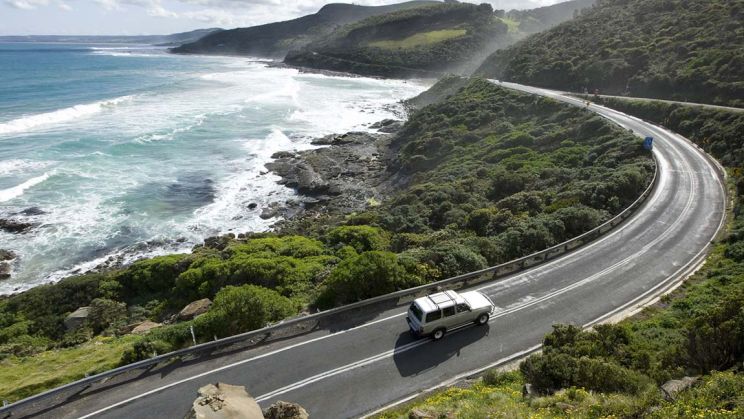
Australia’s Great Ocean Road is a bucket-list destination for motorcycle enthusiasts seeking a mesmerizing coastal experience. Stretching along the southeastern coast of Victoria, this 151-mile road takes riders through a captivating blend of lush rainforests, golden beaches, and dramatic cliffs.
As you ride along the Great Ocean Road, you’ll be treated to an ever-changing landscape that will leave you breathless. The route’s highlights include the iconic Twelve Apostles, a collection of limestone stacks rising majestically from the Southern Ocean. As the sun sets, the golden hues reflect on the limestone, creating a truly magical sight.
Apart from the natural beauty, the Great Ocean Road offers an opportunity to explore charming coastal towns, enjoy delectable local cuisine, and connect with the laid-back Australian lifestyle. Riding the Great Ocean Road is not just a road trip; it’s an enchanting journey that will leave an indelible mark on your soul.
The Amalfi Coast – Campania, Italy
For motorcycle enthusiasts seeking a blend of history, culture, and stunning landscapes, the Amalfi Coast in Italy offers an unrivaled riding experience. This UNESCO World Heritage site boasts a 37-mile stretch of coastal road that winds through picturesque fishing villages and terraced cliffs.
As you cruise along the Amalfi Coast, you’ll be captivated by the vibrant colors, scents of lemon and olive trees, and the taste of delicious Mediterranean cuisine. The route passes through charming towns like Positano and Amalfi, each offering a unique flavor of Italian culture and architecture.
The Amalfi Coast’s narrow and winding roads add an element of excitement to the ride, as you navigate through breathtaking vistas and hairpin turns. The stunning views of the Tyrrhenian Sea on one side and lush mountains on the other create a sensory overload that will stay with you long after the journey ends.
The Scottish Highlands – Scotland, United Kingdom
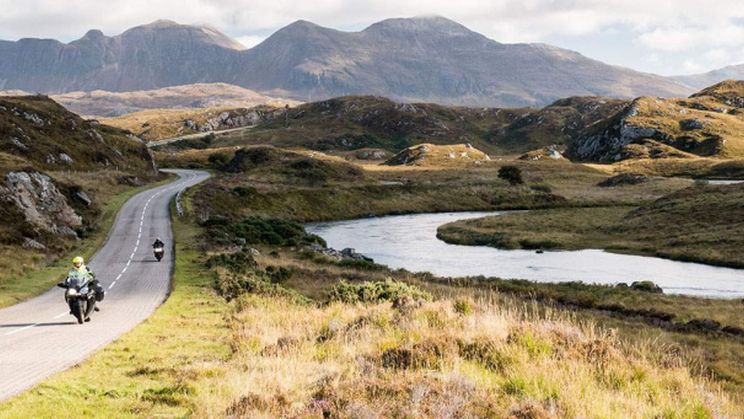
For motorcycle enthusiasts seeking a rugged and untamed adventure, the Scottish Highlands offer a legendary riding experience. This vast and diverse region in Scotland takes riders through remote landscapes, historic castles, and serene lochs, painting a mesmerizing picture of the country’s raw beauty.
As you ride through the Scottish Highlands, you’ll encounter the legendary Loch Ness, shrouded in mystery and surrounded by lush greenery. The scenic routes pass through charming villages and vast expanses of untouched wilderness, offering a sense of solitude and tranquility that is hard to find elsewhere.
The unpredictable weather and challenging terrain add an element of excitement to the journey, testing your riding skills and connecting you with the untamed spirit of nature. Riding the Scottish Highlands is not just a road trip; it’s an immersive adventure that will leave you with a profound appreciation for Scotland’s rugged beauty and rich history.
Scenic motorcycle routes offer a unique opportunity for motorcycle enthusiasts to blend their passion for riding with the beauty of nature and culture. From the rugged coastline of the Pacific Coast Highway to the untamed landscapes of the Scottish Highlands, each route offers a distinct and awe-inspiring adventure.
As riders, we have the privilege of exploring these stunning landscapes on two wheels, embracing the spirit of adventure with each twist of the throttle. So, let’s embark on these scenic journeys, discover the beauty that surrounds us, and make memories that will last a lifetime. Happy riding!
